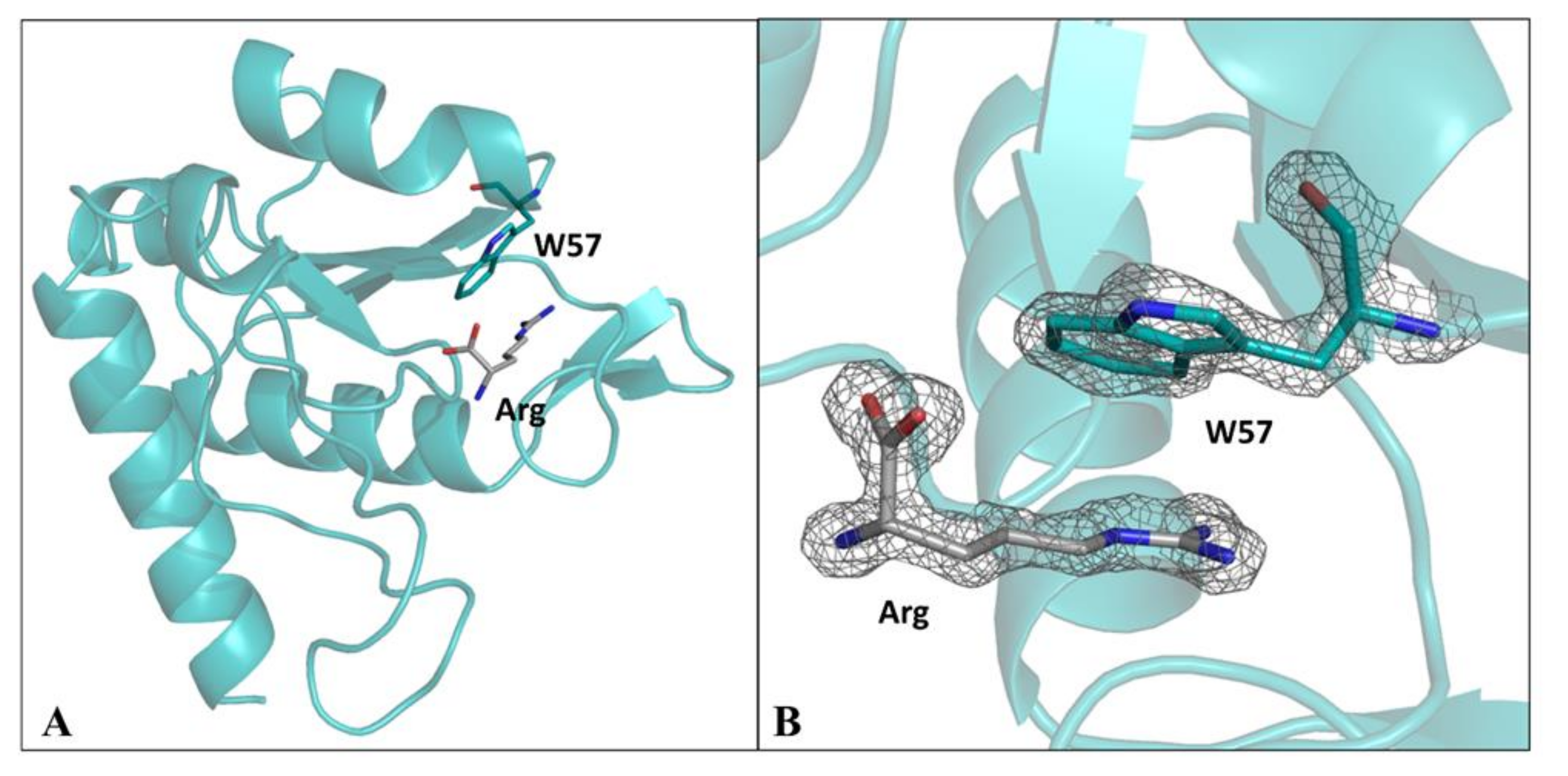
2004ĥ–22 μM (N-methyl-p-nitrobenzylamine-BSA) Ku and Schultz 1995Ģ α-helices, β-turn, variable repeat numbers aĤ.4–22 nM (maltose binding protein), 2.1 nM (JKN2), 3.7 nM (p38) Binz et al. 1999 ĥ0 nM (extracellular domain of HER2/neu) Wikman et al. 1995, 1997 Gunneriusson et al 1999ģ0–50 nM after affinity maturation (Taq polymerase) Gunneriusson et al. Furthermore, the scaffolds differ in the presence or the absence of stabilizing disulfide bonds linking spatially separated strands of the protein, a distinction that has consequences for the choice of expression system.Įxamples of binding affinities for (target) d 1E 1E), ), and (3) predominantly β-sheet scaffolds, representing the majority of proteins used for library display (Fig. 1A–D ), (2) small scaffolds with few secondary structures or an irregular architecture of α-helices and β-sheets (Fig. Based on the architecture of their backbone, scaffold proteins can be assigned to one of three groups: (1) scaffolds consisting of α-helices (Fig. Randomization and substitution efforts are focused on these loops as they are accessible for ligand binding and likely to accommodate sequence variation without changing the overall structure and stability of the protein. Binding is often facilitated by exposed loops that link stable structural elements like α-helices or β-sheets of the underlying scaffold. Most of the prototype molecules for these novel library frameworks are involved in binding interactions with proteins or other ligands under natural conditions (Table 1 1). 2005), and potential targeted drug delivery ( Heyd et al. 2004), enzyme inhibition ( Amstutz et al. These selected binding reagents may subsequently become invaluable tools to be used in a wide range of biotechnological and biomedical applications, e.g., affinity purification ( Lamla and Erdmann 2004), protein microarray technology ( Renberg et al. Because of this enormous variety, achieved by either rational or combinatorial protein engineering, it is possible to isolate library members binding specifically to virtually any new target ( Bradbury and Marks 2004).

A protein library, per definition, contains up to billions of molecules consisting of an underlying constant scaffold and randomized variable regions that differ from each other. The increasing availability of structural data and genomic sequences paves the way for new opportunities in the field of combinatorial library construction. Here, we predict the important role of these novel binding reagents as a toolkit for biotechnological and biomedical applications. Furthermore, this review shows the close linkage between these novel protein tools and the constantly developing display, selection, and evolution strategies using phage display, ribosome display, mRNA display, cell surface display, or IVC (in vitro compartmentalization). Characteristics of these protein scaffolds in terms of structural stability, tolerance to multiple substitutions, ease of expression, and subsequent applications as specific targeting molecules are discussed. This article reviews the generation of these novel binding reagents, describing validated and advanced alternative scaffolds as well as the most recent nonimmunoglobulin libraries.


As excellent supporting frameworks for the presentation of polypeptide libraries, they can be subjected to powerful in vitro or in vivo selection and evolution strategies, enabling the isolation of high-affinity binding reagents. In many respects, they are superior over antibody-derived affinity molecules and offer an ever-extending arsenal of tools for, e.g., affinity purification, protein microarray technology, bioimaging, enzyme inhibition, and potential drug delivery. Most of these nonimmunoglobulin proteins are involved in natural binding events and have amazingly diverse origins, frameworks, and functions, including even intrinsic enzyme activity. Some of them have already entered clinical trials. However, they are facing increasing competition from a new generation of protein display scaffolds, specifically selected for binding virtually any target. Engineered antibodies and their fragments are invaluable tools for a vast range of biotechnological and pharmaceutical applications.


 0 kommentar(er)
0 kommentar(er)
